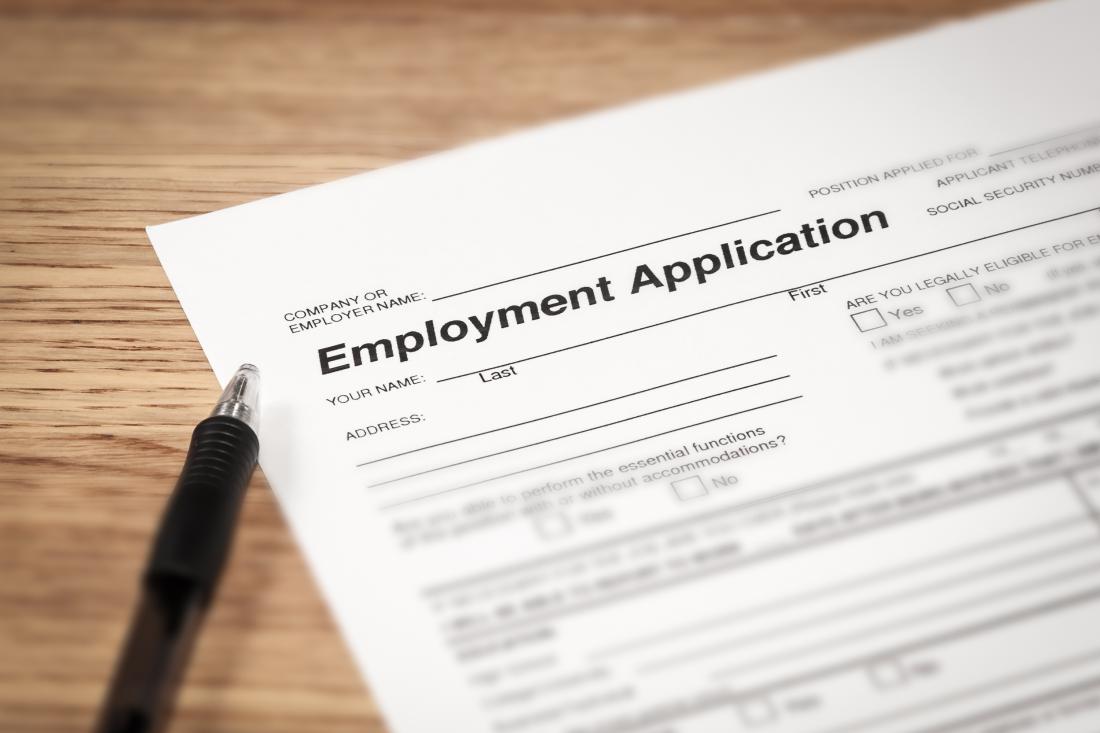Examining Employer Race-based Discrimination Before and After Ban the Box
- Job seekers
- Small and medium enterprises
- Large enterprises
- Multi-national companies (MNCs)
- People with a criminal record
- Discrimination
- Employment
- Information
“Ban the Box” (BTB) policies restrict employers from asking about applicants’ criminal histories on job applications and are often presented as a means of reducing unemployment among black men. To better understand the connection between BTB policies and racial discrimination in hiring, researchers tested the impact of applicant race and criminal history on hiring decisions both before and after BTB policies came into effect in New Jersey and New York City. The results confirmed that criminal records are a barrier to employment and supported the concern that BTB policies encourage racial discrimination. Before the governments implemented BTB, employers with the box called back white applicants only slightly more than otherwise similar black applicants; after BTB policies went into effect, the black-white gap in callbacks at these companies increased sixfold.
Problema de política pública
In 2016 more than 150 jurisdictions and 25 states had passed “Ban the Box” (BTB) laws and policies, which prohibit employers from asking whether an applicant has been convicted of a crime on initial job applications or during interviews. BTB policies are often presented as a tool for reducing race gaps in employment, particularly for black men—a group that faced unemployment rates nearly double the national average in 2015. However, withholding information on criminal records could increase race gaps in employment if employers make assumptions about applicants’ criminal backgrounds based on their race—particularly impacting black men without records. These conflicting theories present a key question: does the impact of applicant race on employer callbacks change after BTB policies are adopted?
Contexto de la evaluación
New Jersey’s BTB policy came into effect in March 2015, and New York City’s policy came into effect in October 2015. Researchers submitted online job applications on behalf of fictitious applicants to low-wage, entry-level job openings both before and after BTB went into effect in New Jersey and New York City. The job openings were at private, for-profit employers, with a focus on chain businesses in the retail and restaurant sectors. All job openings required little work experience, no postsecondary education, and utilized no specialized skills.

Detalles de la intervención
Researchers sent approximately 15,000 fictitious online applications to low-wage, entry level job openings and randomly varied the felony status and implied race of the applicant to test the impact of these factors on hiring decisions both before and after the adoptions of Ban the Box policies.
All fictitious applicants were male and approximately 21 to 22 years old with addresses in racially and geographically diverse, lower-to-middle class neighborhoods. The profiles were created in pairs of one black and one white applicant, which were assigned to the same store in the same time period. Each applicant profile included a name, contact information, address, employment history consisting of two prior jobs, and two references. The researchers randomly varied four applicant characteristics:
- Implied applicant race.
- Whether or not the applicant had a felony conviction.
- Whether the applicant had a GED or a high school diploma.
- Whether the applicant had a one-year employment gap or no gap between their last two jobs.
The researchers sent applications in the months prior to and after the implementation of the BTB policies in New Jersey and New York. Most employers received applications both before and after the implementation of BTB policies.
Resultados y lecciones de la política pública
Researchers found that criminal records presented a major barrier to employment. However, results also suggest that BTB policies increased racial discrimination.
Impacts by criminal records. Employers that asked about criminal records called back applicants without records at a rate 5.2 percentage points higher than the callback rate of 8.2 percent for applicants with criminal backgrounds (63 percent higher).
Impacts by employment gap and GED other variables. Callback rates did not differ based on the GED and employment gap variables, despite the fact that real world data indicates that having a GED rather than a high school diploma is a much stronger predictor of criminal records than race.
Impacts by race. For companies that removed the box to comply with BTB, the black-white gap in callback rates ballooned. Before BTB, the callback rate of white applicants was about 0.8 percentage points higher than the rate of 10.7 percent for black applicants (7 percent higher, proportionally, and not statistically significant). After BTB, the callback rate for white applicants grew to 4.4 percentage points higher than the rate of 10.4 percent for black applicants (43 percent higher, proportionally).
Researchers found that this gap came from a combination of gains for white applicants and losses for black applicants. After BTB, callback rates for white applicants with records substantially increased, while for their black counterparts the callback rate increased much less. Meanwhile, callback rates for black applicants without records substantially decreased, which did not happen to their white counterparts.
The results also indicate that employers hold exaggerated impressions of real-world racial differences in felony conviction rates.
Policy implications. The results have mixed implications. On one hand, the results confirmed BTB’s core premise: felony convictions were a major employment barrier. However, the results also suggest that without information on applicant criminal records, employers relied on exaggerated racial stereotypes about black applicants as a proxy for criminality. While BTB policies appeared to help some applicants with records gain access to job interviews, these gains came at the expense of black men seeking employment.
There is no clear method to mitigate the unintended racial consequences of BTB policies. One innovation might be to effectively enforce laws against racial discrimination in hiring, but hiring discrimination laws are notoriously difficult to enforce. Another innovation may be for employers to blind themselves to names and other potentially racially identifying information, though the potential impacts of this have not been tested in the United States.